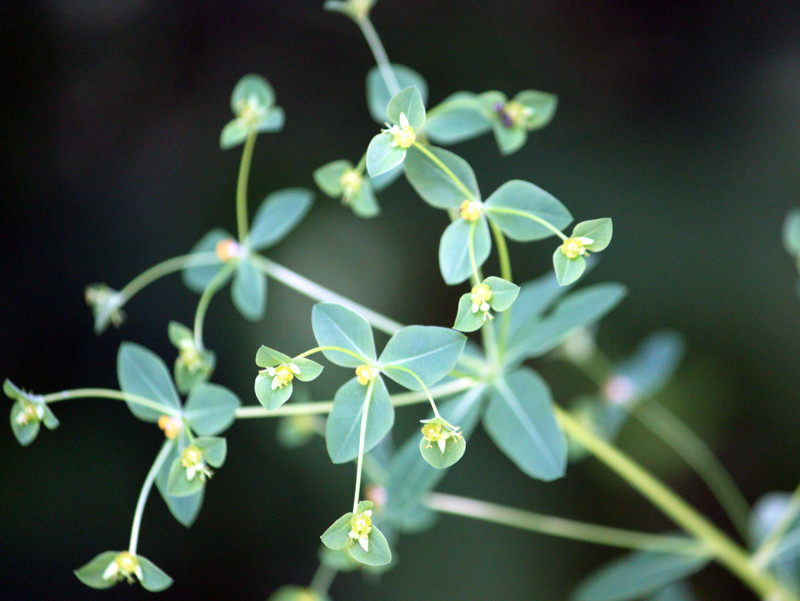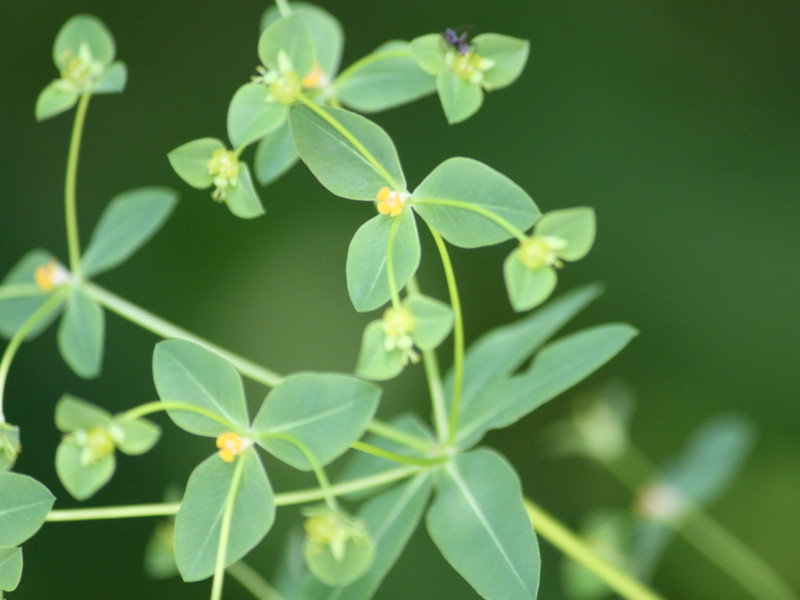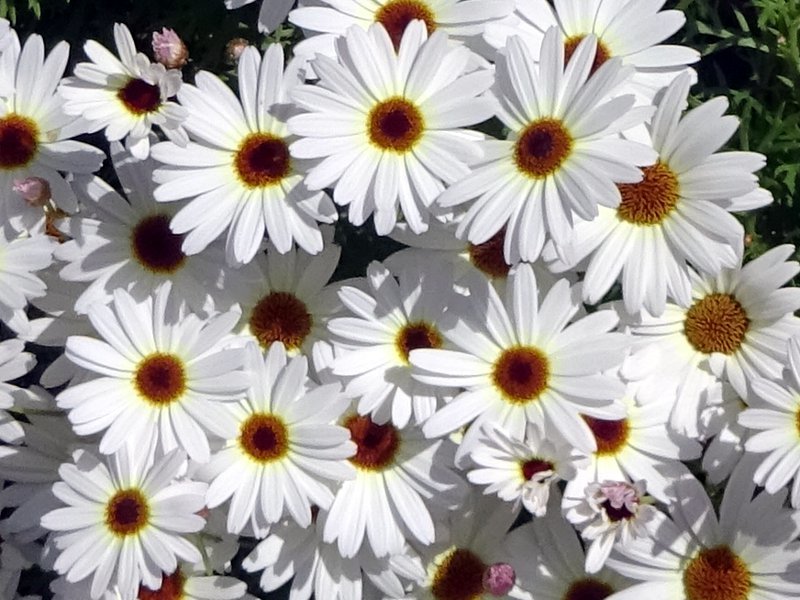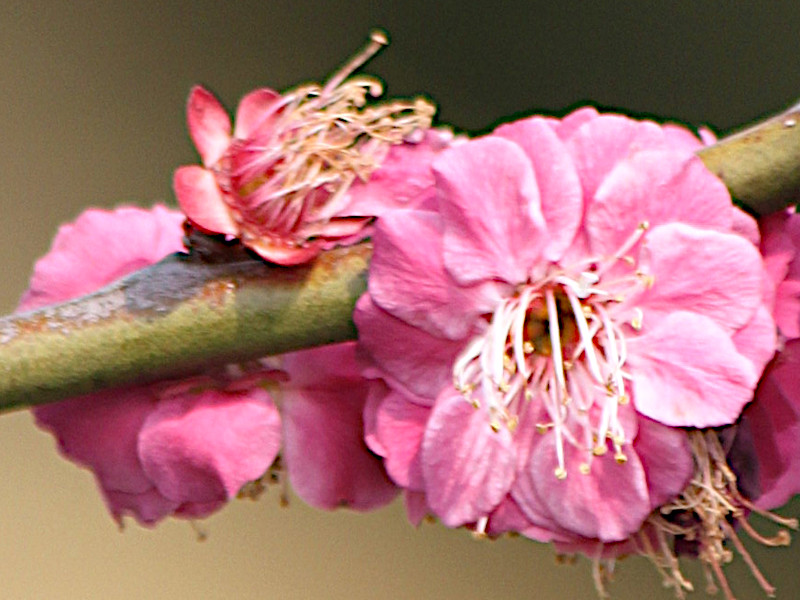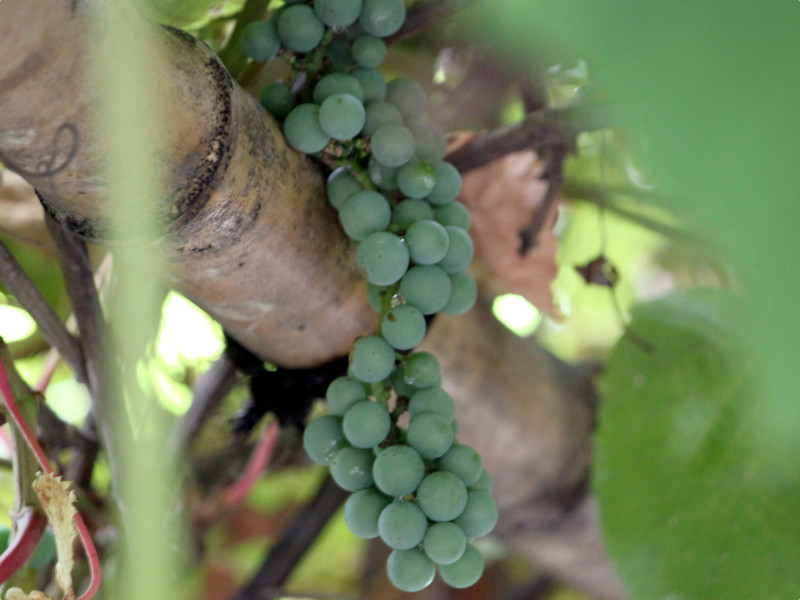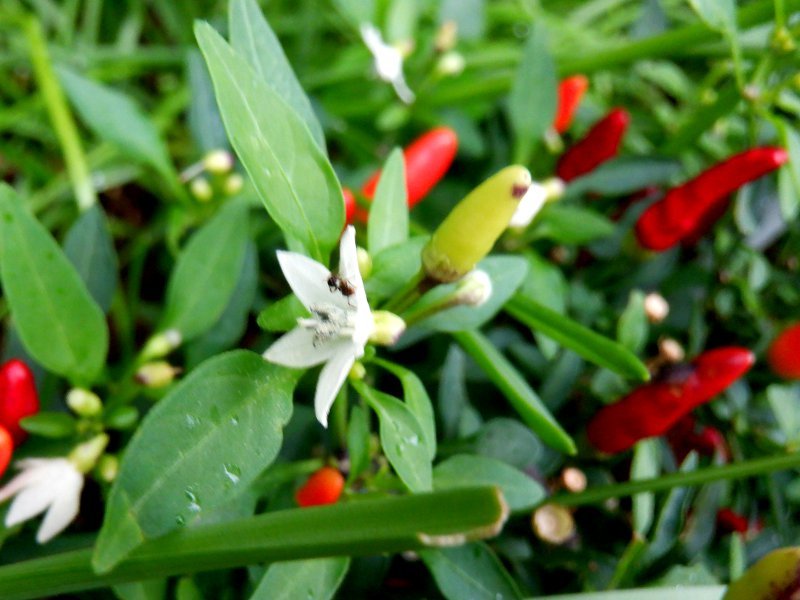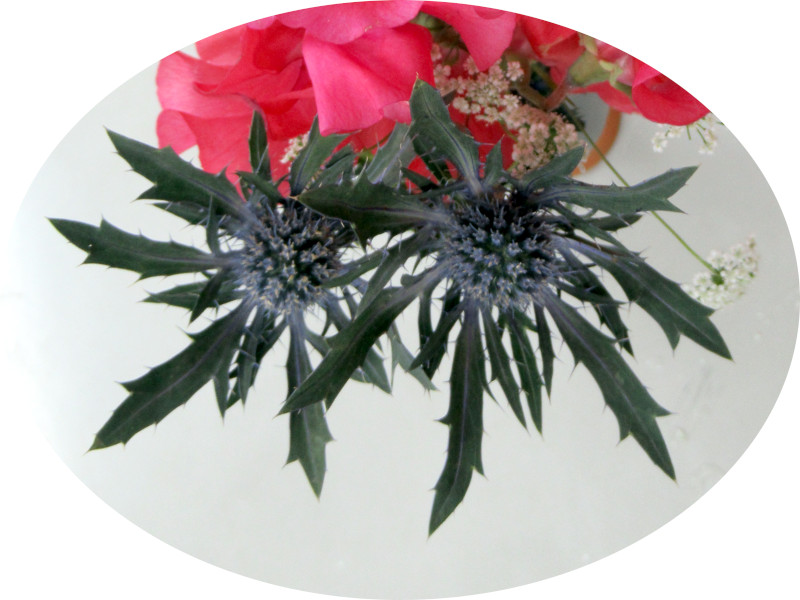Euphorbia pekinensis
- Flower nameEuphorbia pekinensis
- Scientific nameEuphorbia lasiocaula
- Alias高燈台, Euphorbia lasiocaula, ハクトウダイ
- Place of originJapan, China, Korea
- Place of floweringFields and footpaths, Low mountains
- Flowering seasonJune, July, August
What is Euphorbia pekinensis
Euphorbia pekinensis,or Takatodai (scientific name: Euphorbia lasiocaula) is similar to the perennial wild grass of the same genus 「 Euphorbia helioscopia」, and its plant is higher than that. It is distributed in Japan, the Korean peninsula and China. In Japan, it grows naturally on the hills and roadsides of Honshu, Shikoku and Kyushu.
The stems are upright and the leaves are attached to each other. Rotate five leaves from the top of the shoot, and bring out five scattered branches from the center. Three leaves rotate at the end of each sprouting branch, three flower branches come out, and a cup-shaped inflorescence is attached. In each inflorescence, three male flowers with yellow glands and total buds bloom and give pollen. After that, female flowers bloom.
White sap is a toxic plant that contains saponins. The root is a traditional Chinese medicine . Beautiful autumn leaves in autumn.
Common name: Euphorbia pekinensis, scientific name: Euphorbia lasiocaula, aka: Takatodai, Hakutodai, plant height: 70 cm, leaf color: green → red, leaf shape: oval to spatula shape, leaf color: green, inflorescence: alternate or rot, leaf rim: sawtooth, bilateral flower, flowering period: June- August, inflorescence form: cup-shaped inflorescence, flower diameter: 0.3 cm, flower color: yellow, flower shape: ovary in the center, 4 lines around
